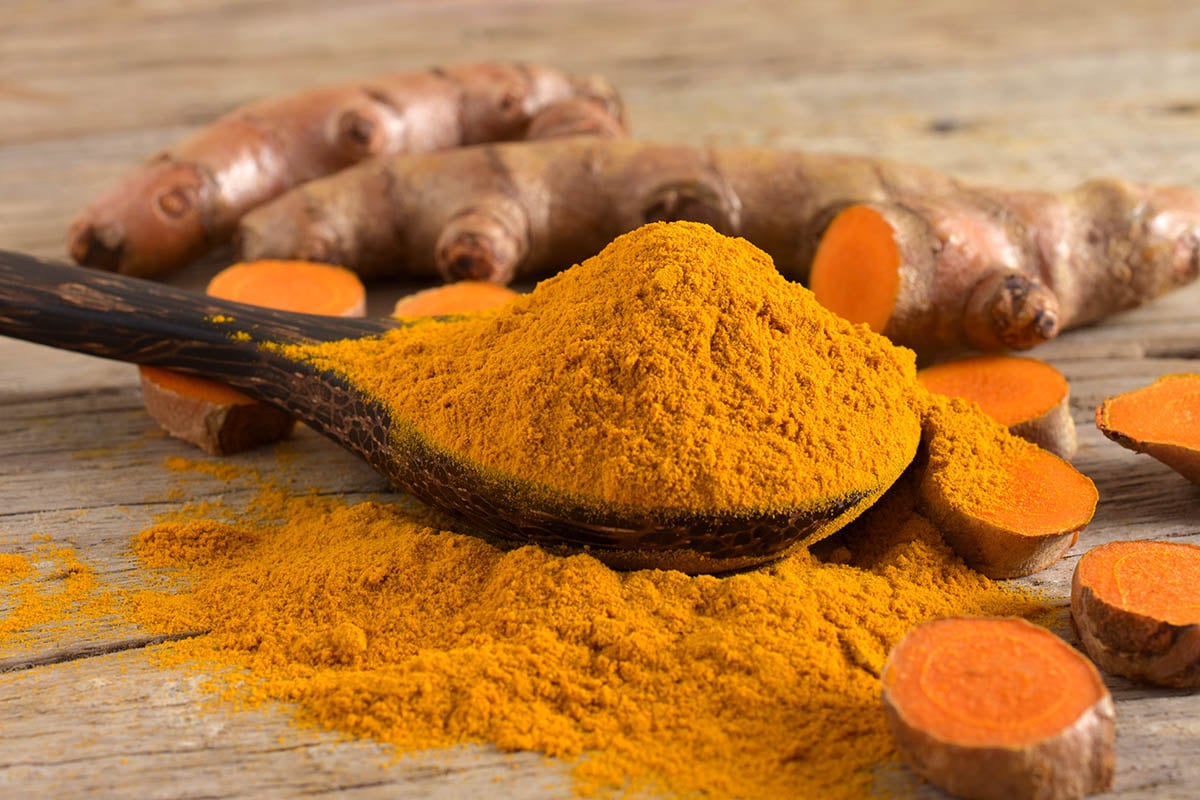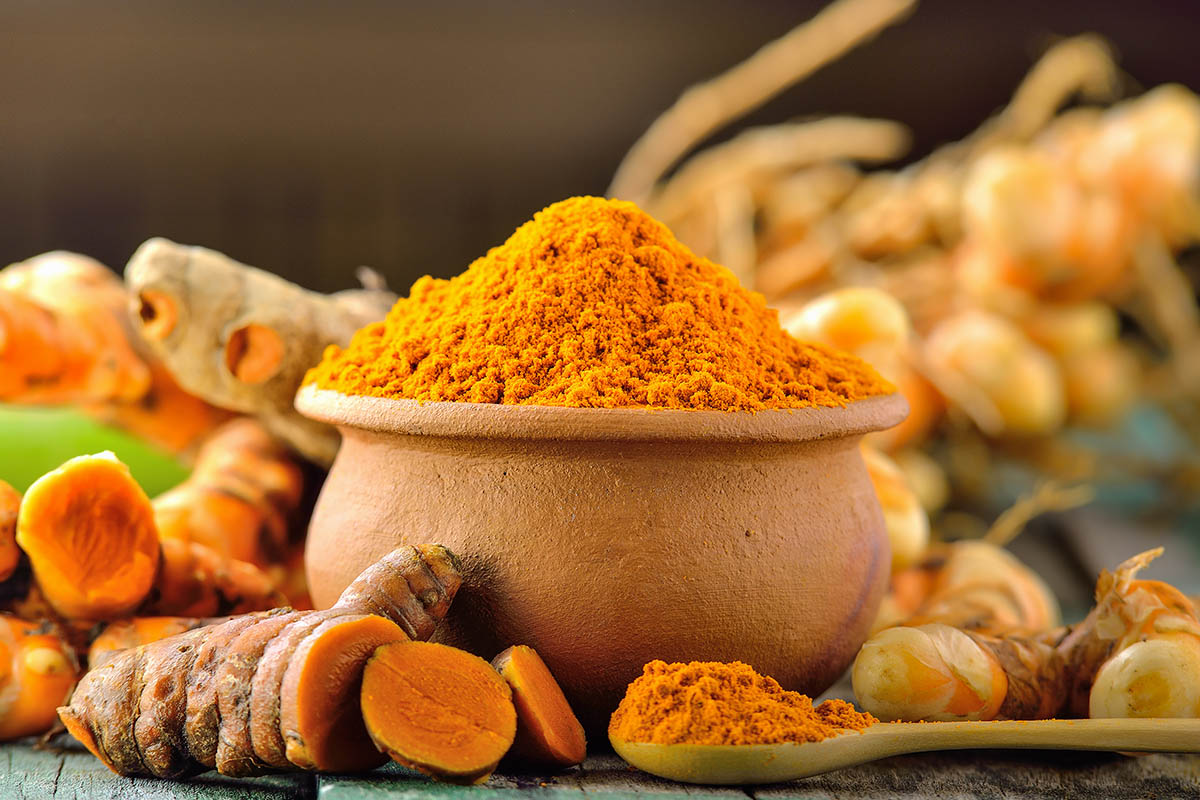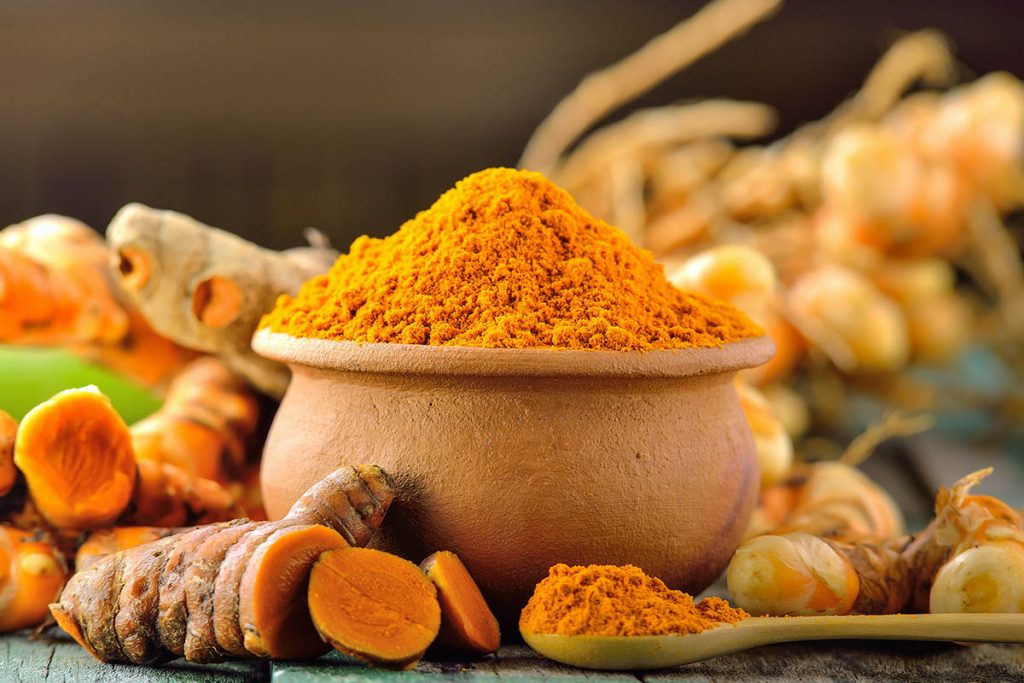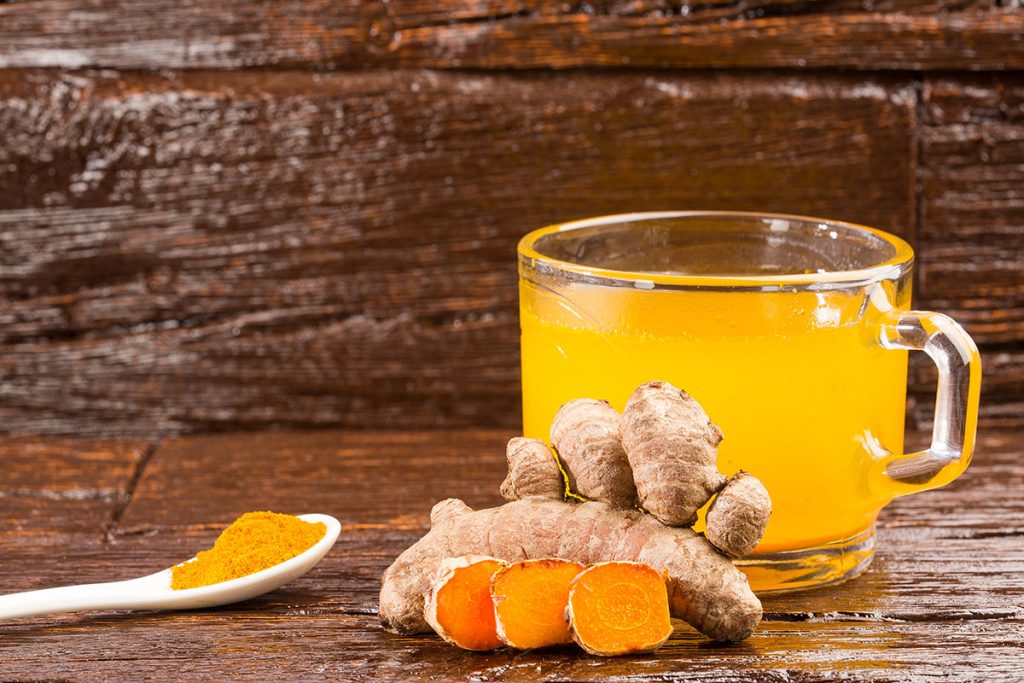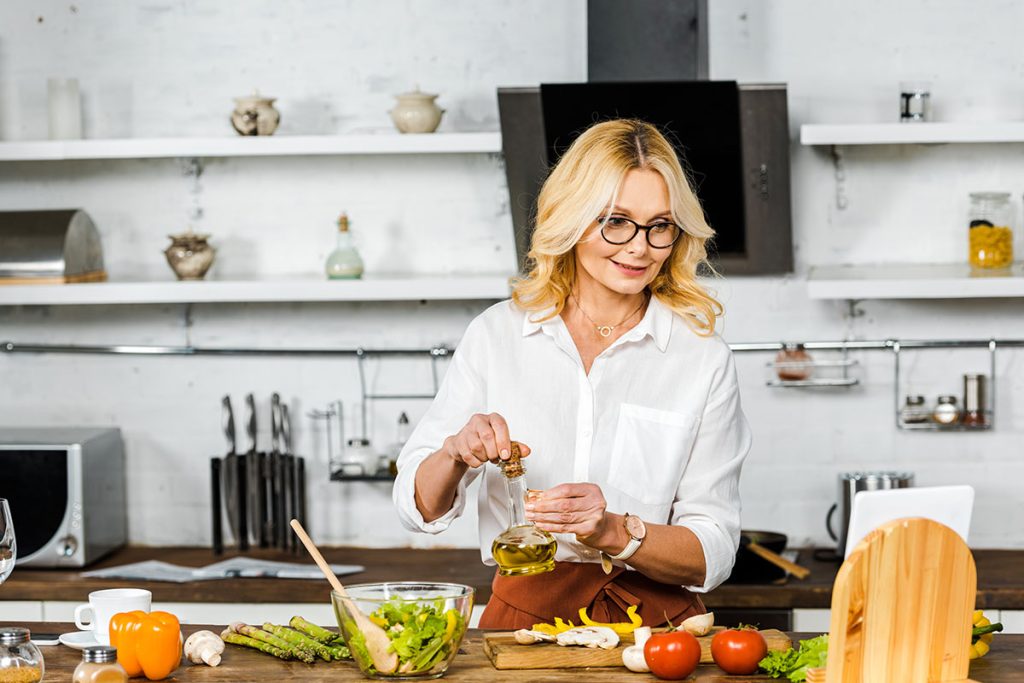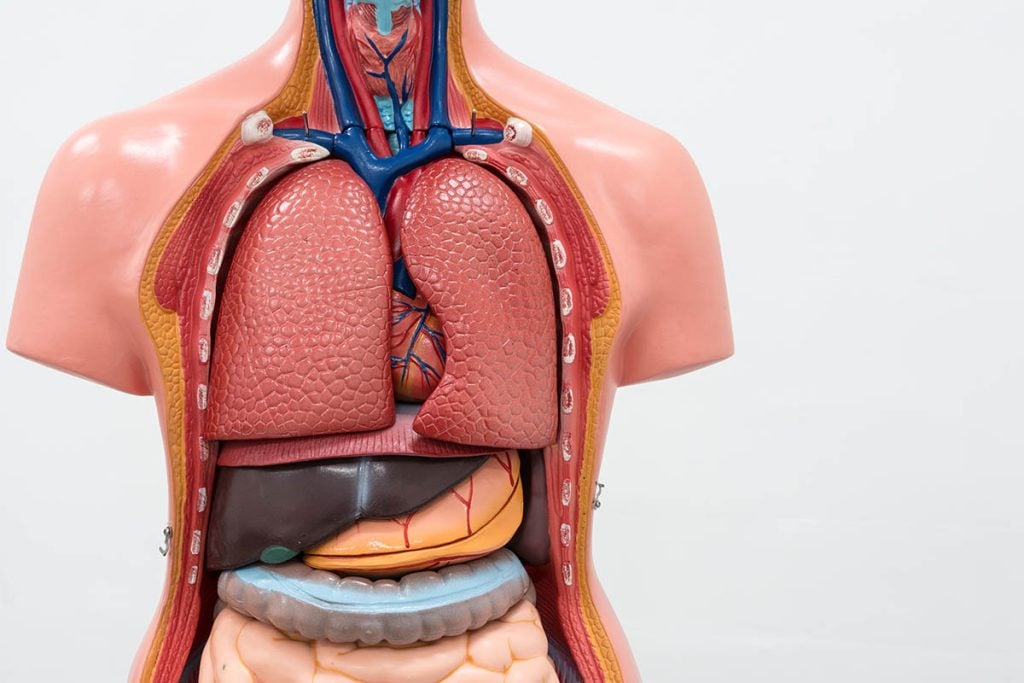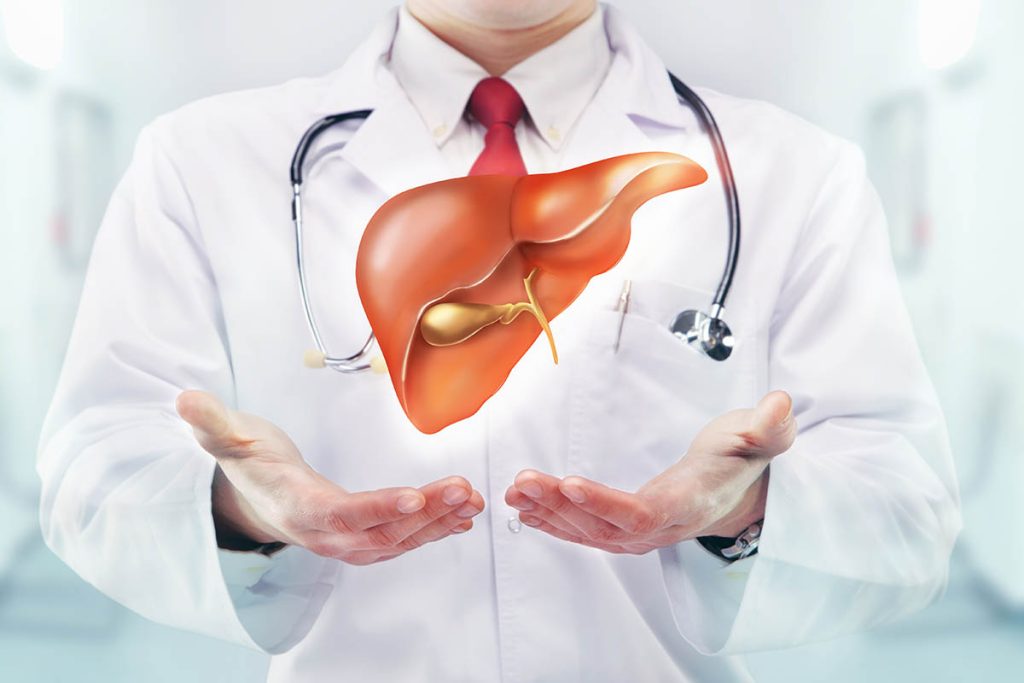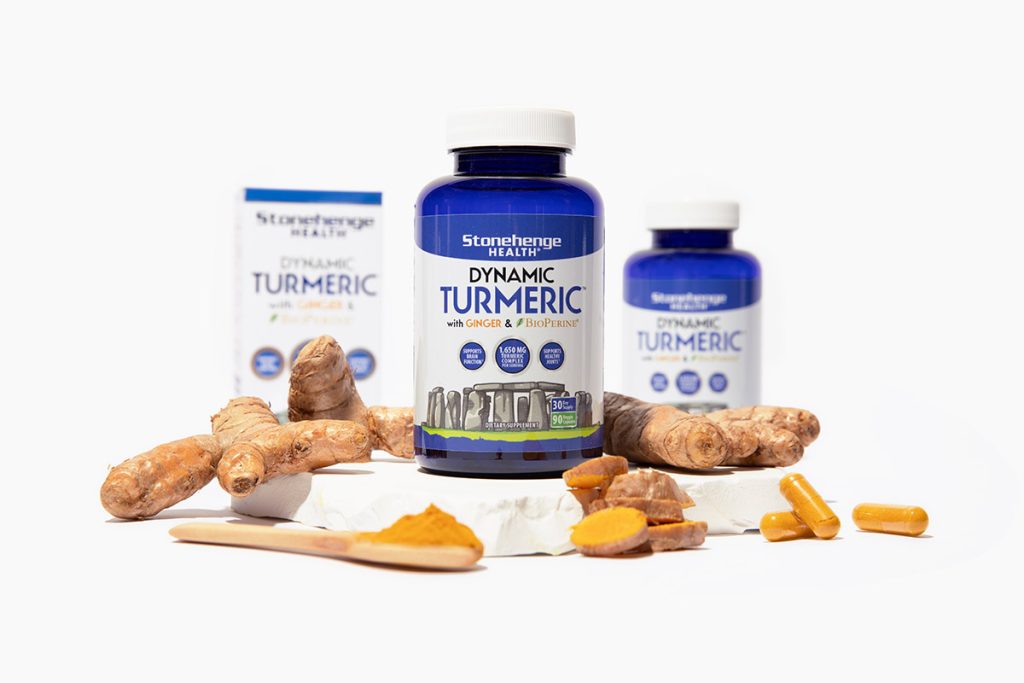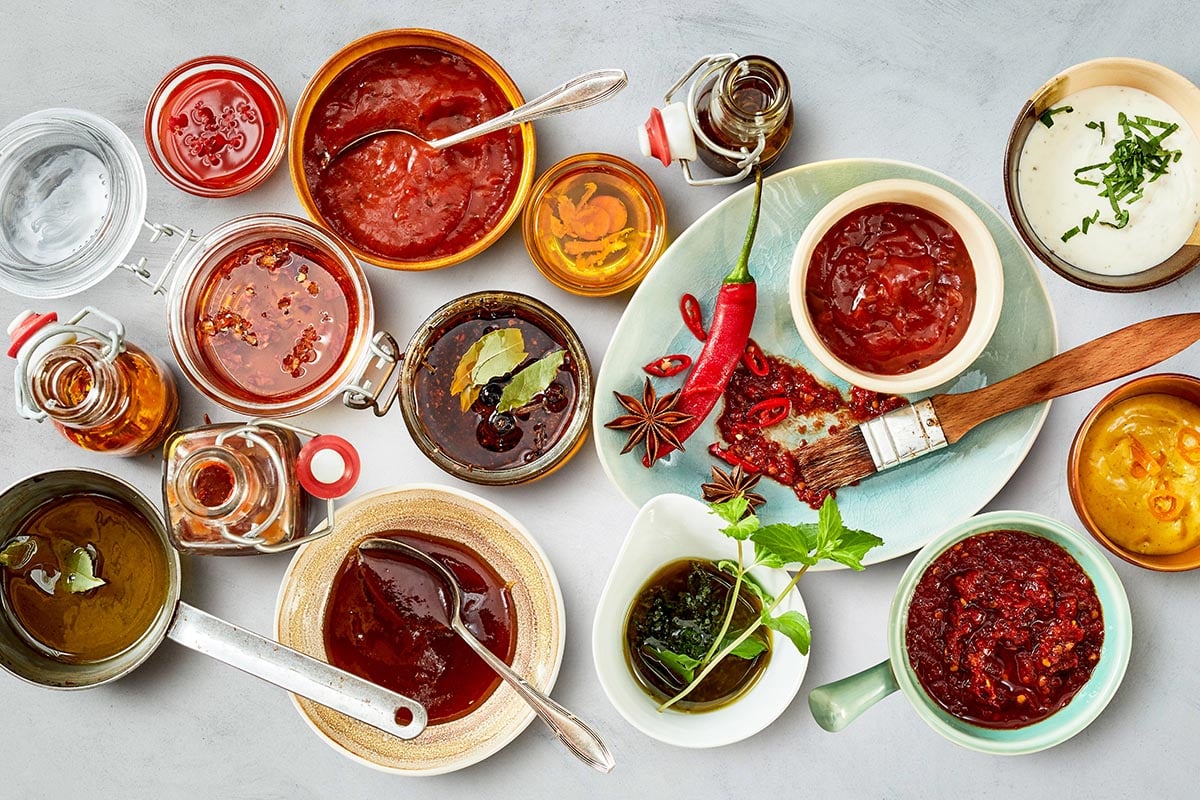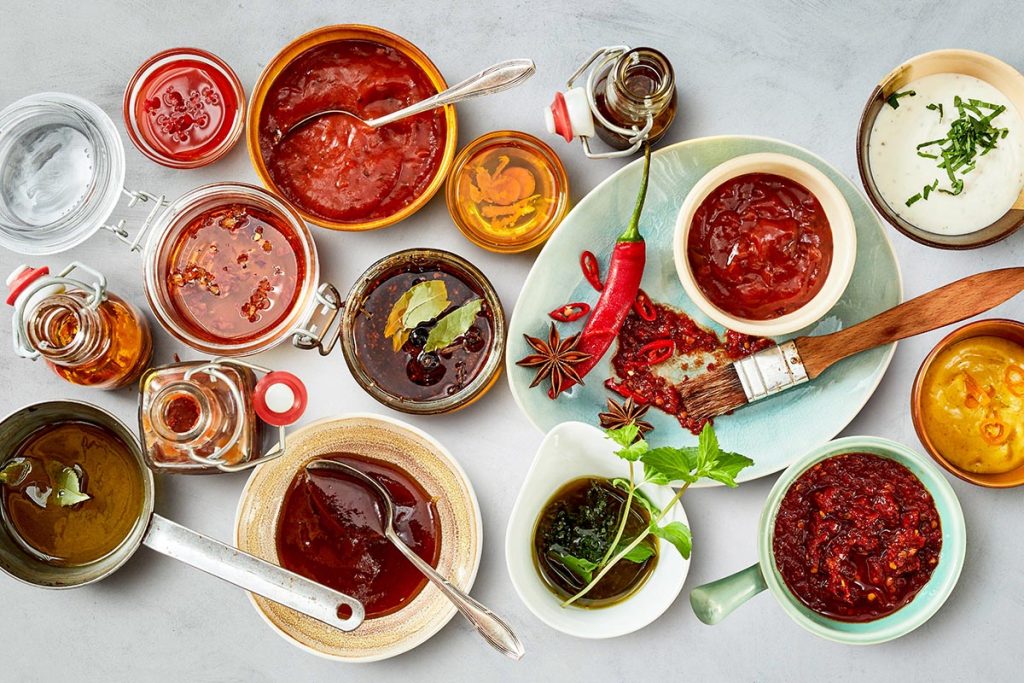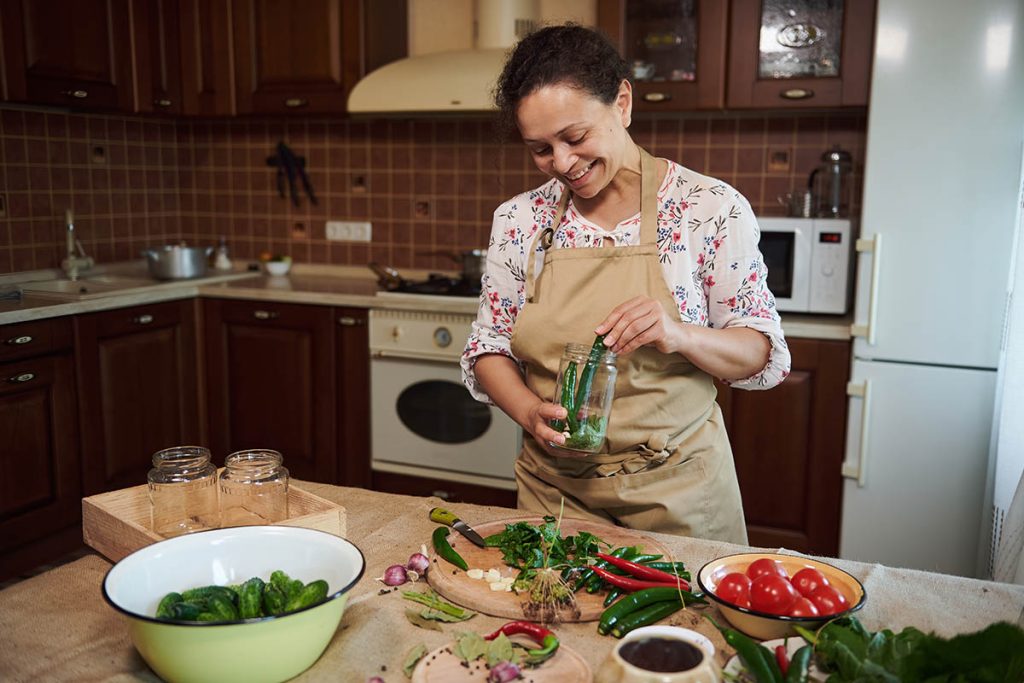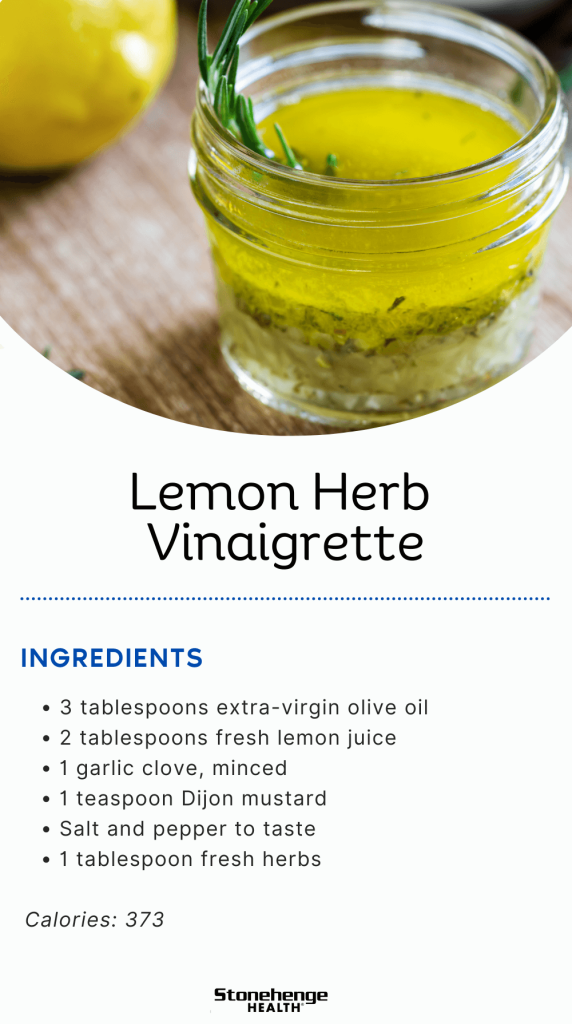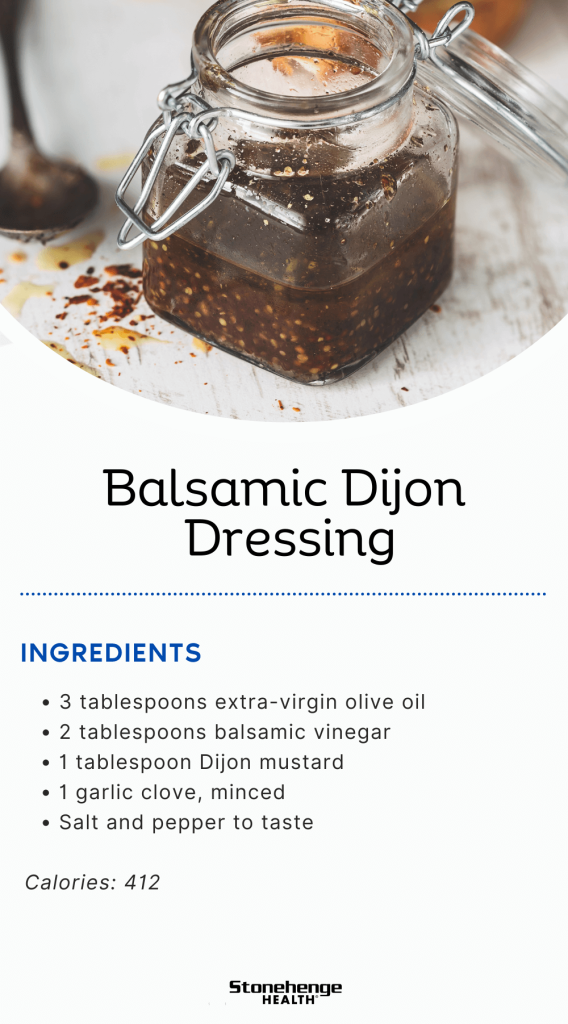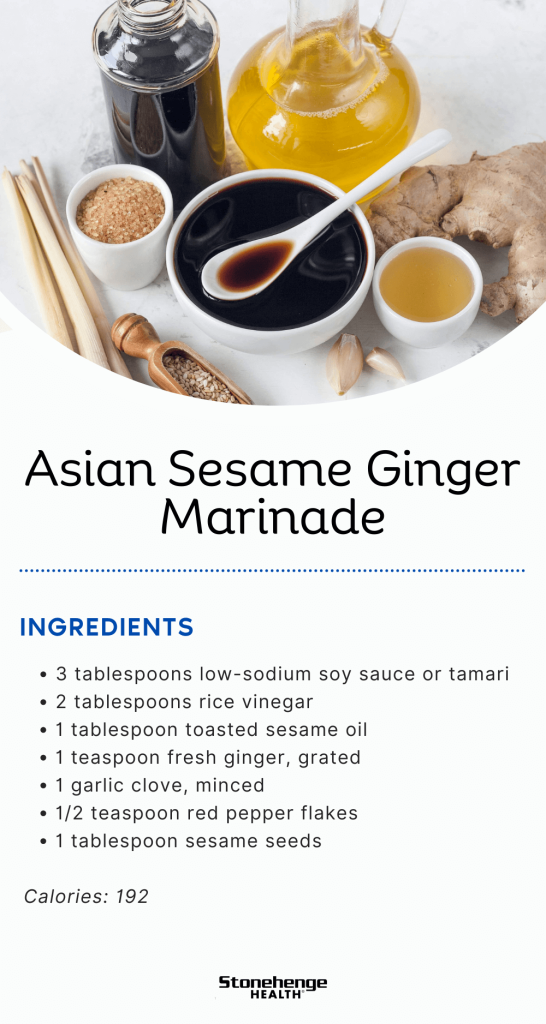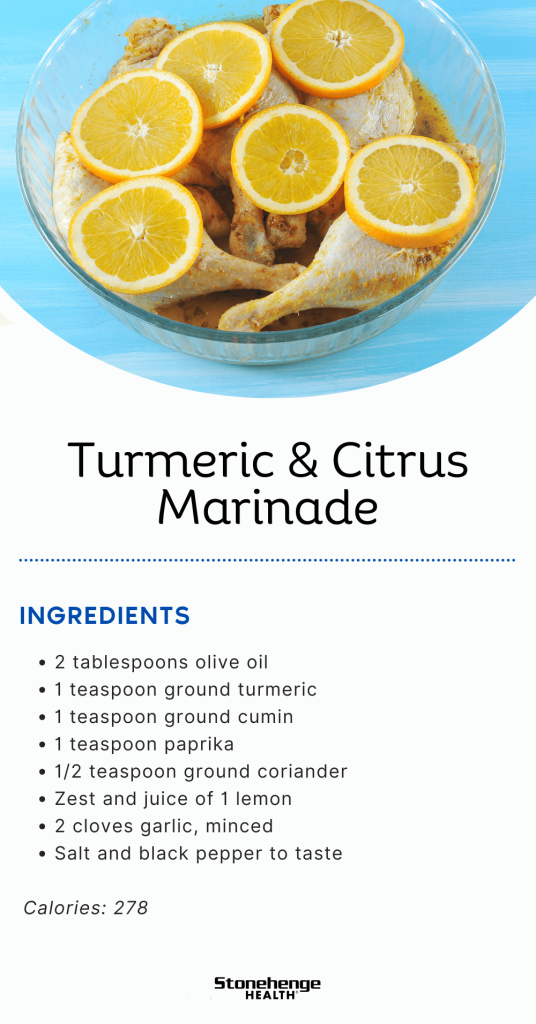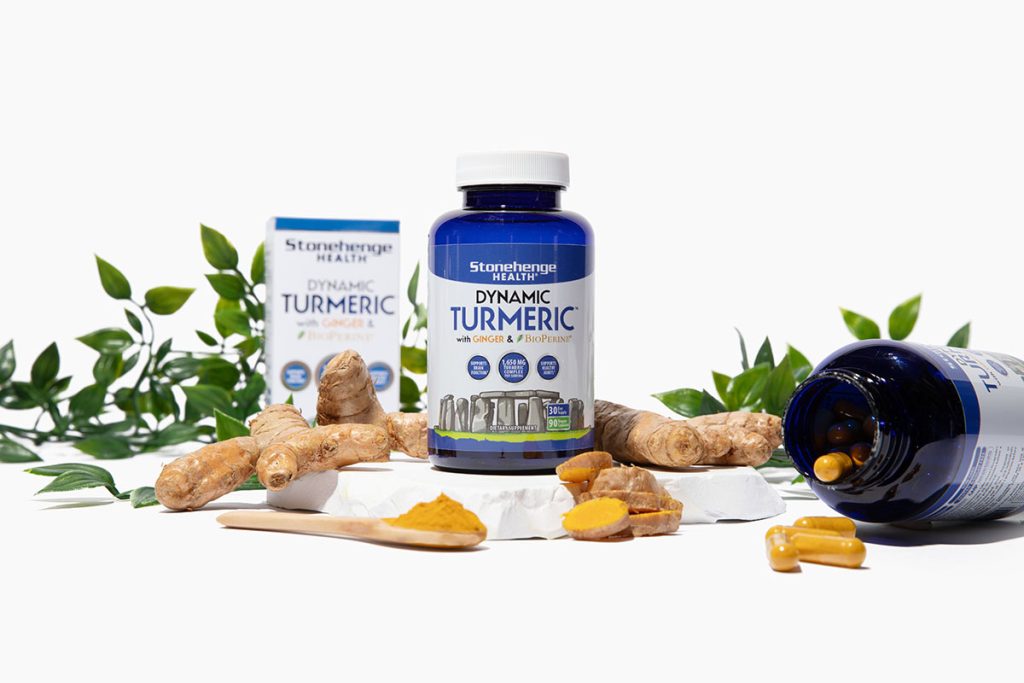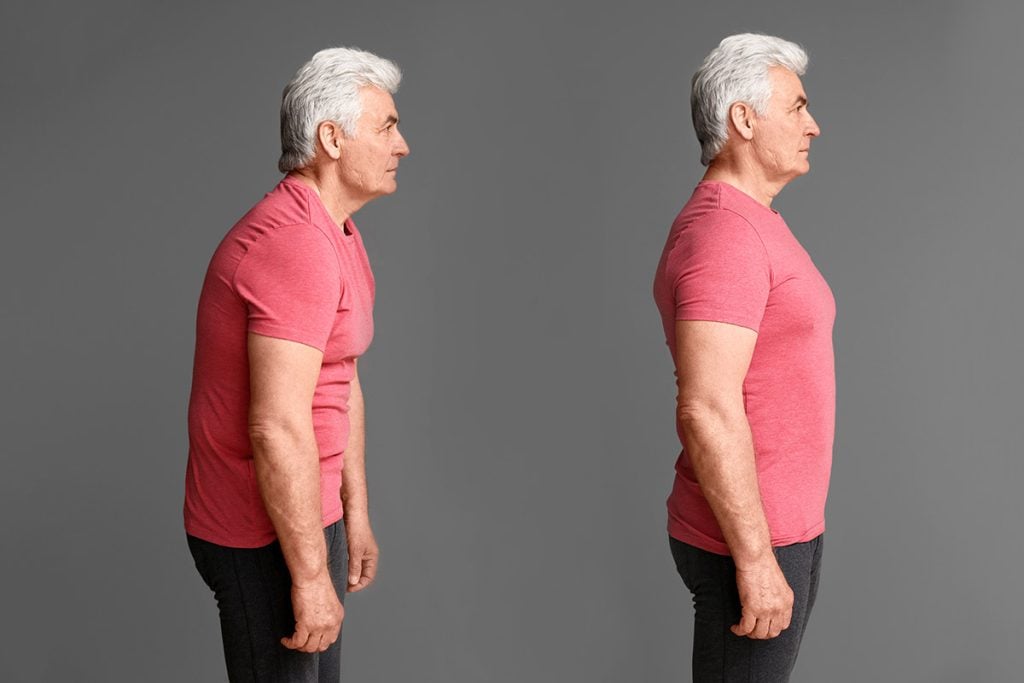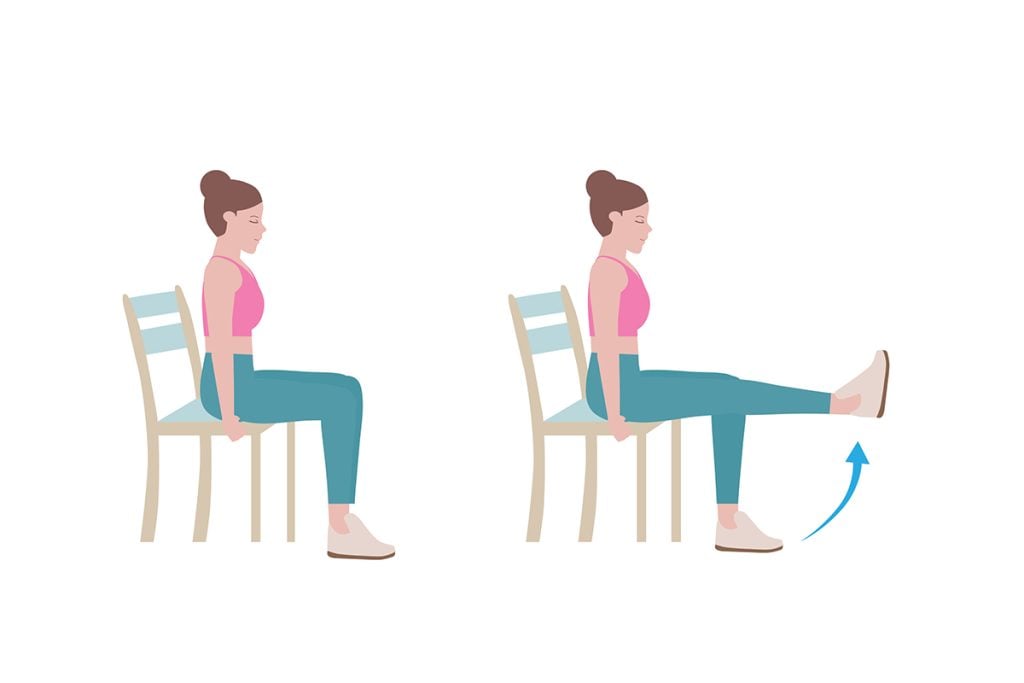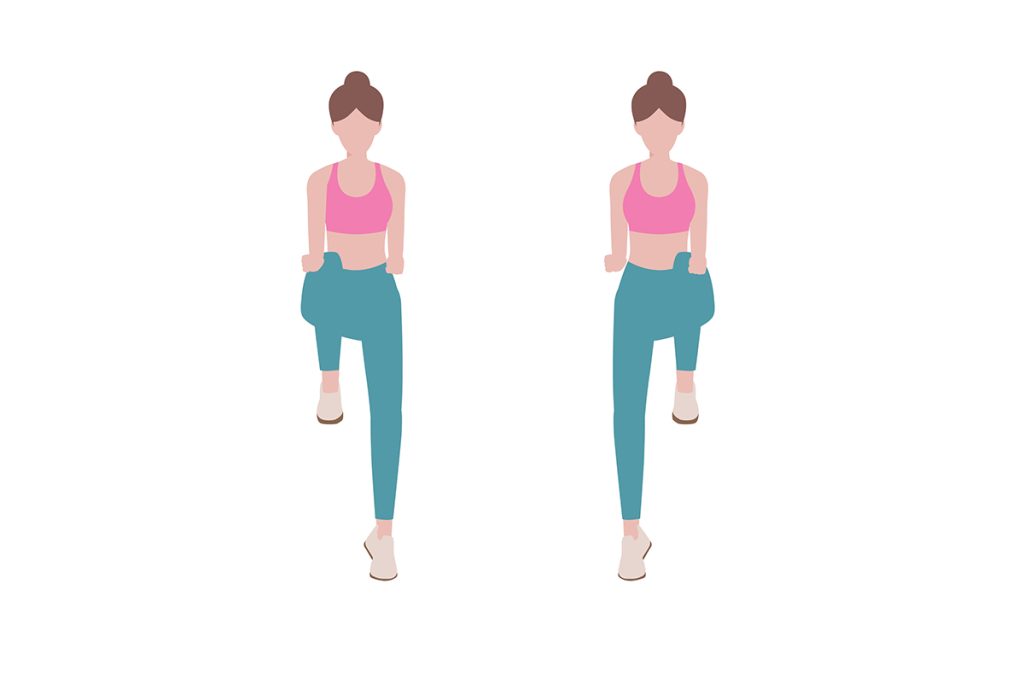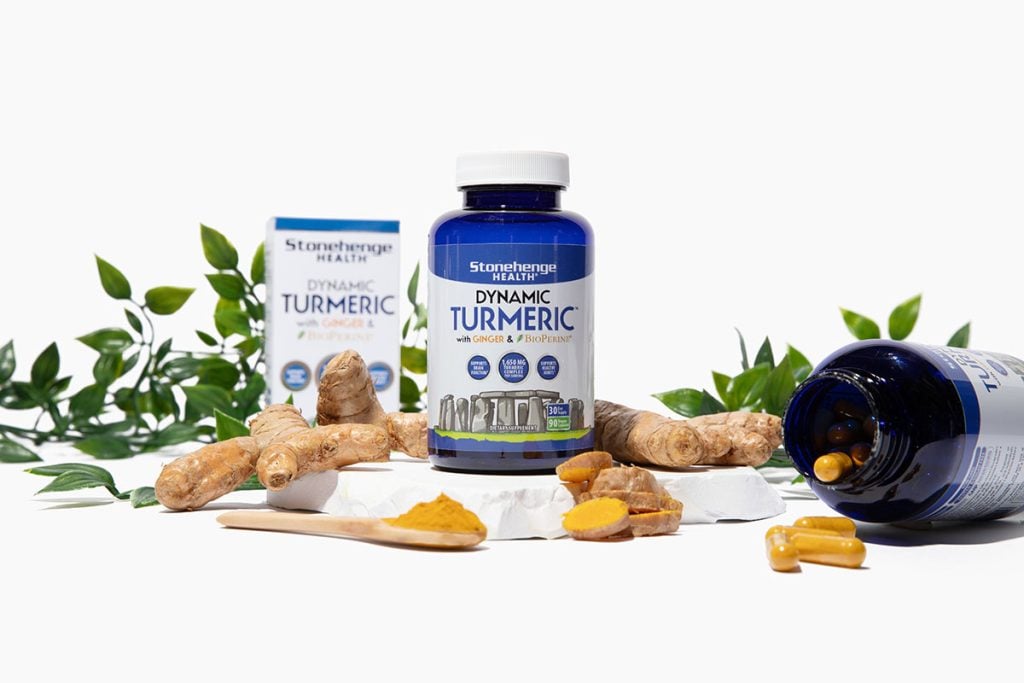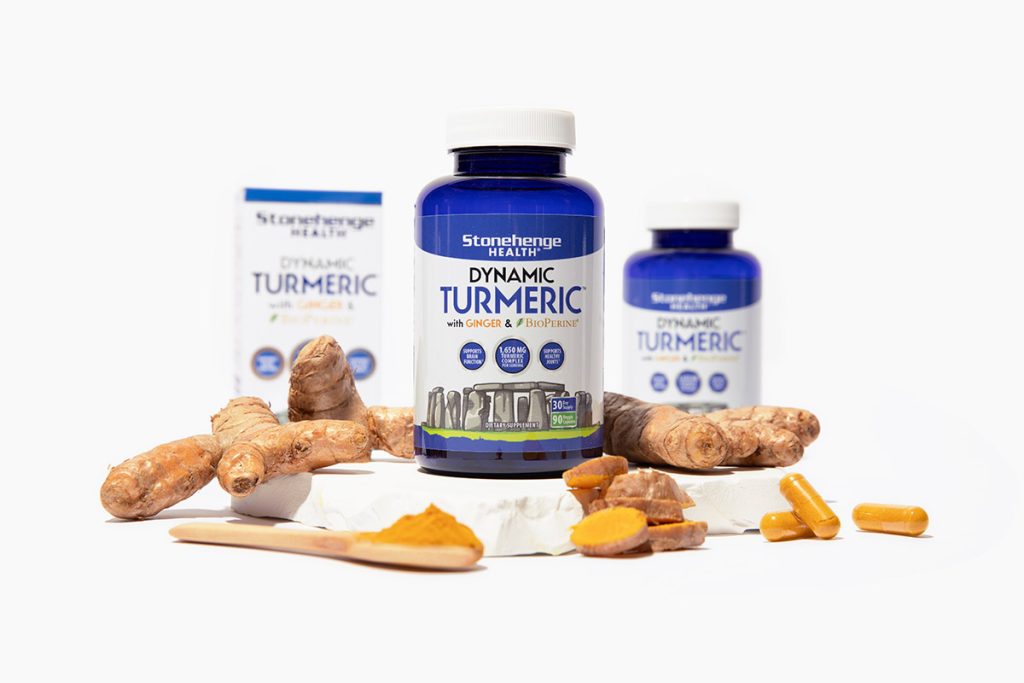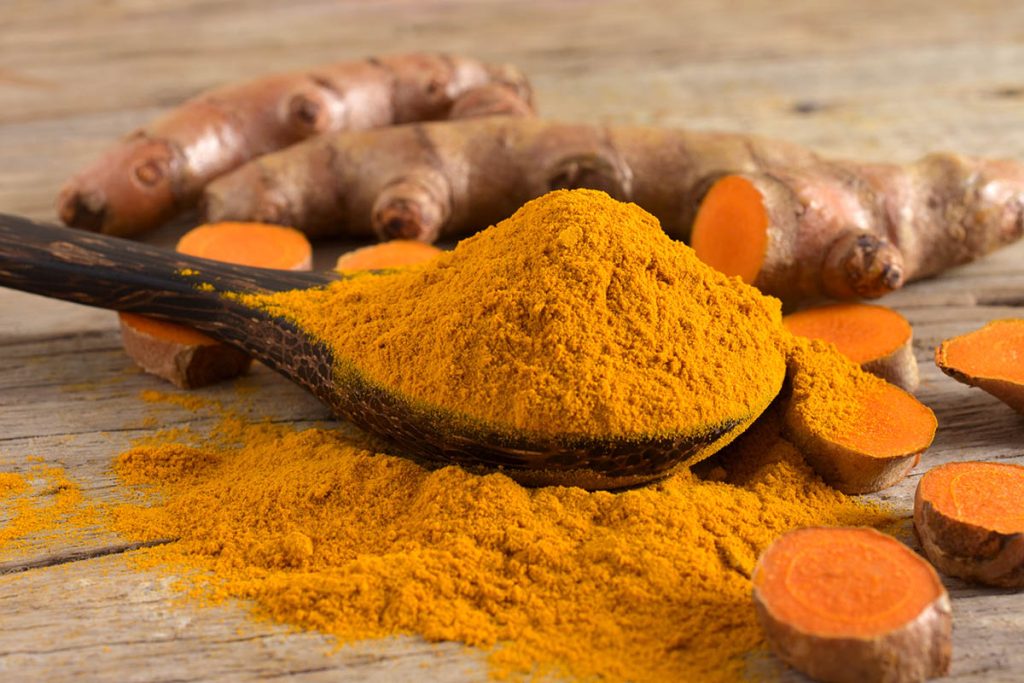
When it comes to harnessing the power of natural supplements for your well-being, turmeric has long been a popular choice in the wellness arena.
However, not all turmeric supplements are created equal…
Understanding the differences can significantly impact their effectiveness in your health regimen.
Not everyone knows that curcumin, a compound that has been the subject of extensive research and praise, is the key component in turmeric and is responsible for all its health benefits.
To understand if your turmeric supplement is delivering the benefits you want, you first need to understand curcumin.
The Curcumin Connection
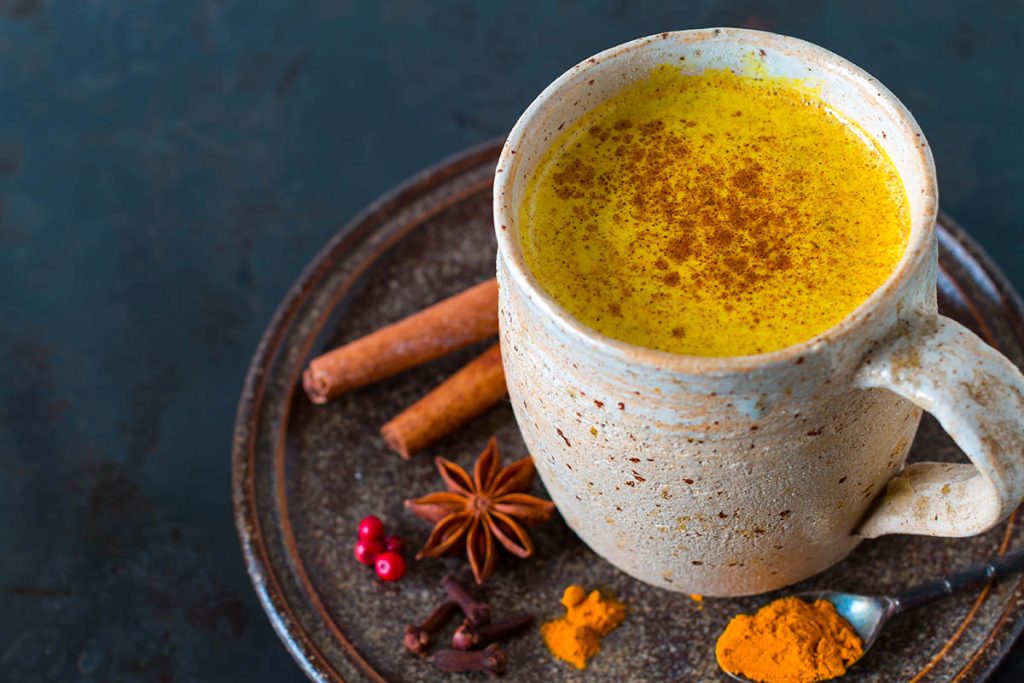
Dating back over 4,000 years, turmeric has a long-celebrated history in Asia as both a spice for food and its traditional medicine value. Turmeric is one of the most thoroughly researched plants in existence today.
The real magic lies in curcumin, the compound that gives turmeric its vibrant color and is credited with most of its health benefits.
Curcumin, in the right serving, can support your body in many ways, such as:
• Your immunity*
• Your digestion*
• Your brain health*
• Your joint health*
But because the “right serving” of curcumin won’t come from your spice cabinet, you’ll need to find a high-quality supplement that delivers the health benefits you want.
Dietary Dilemmas

Some might wonder if they can skip supplements altogether and simply add more turmeric spice to their diet.
While turmeric as a spice is beneficial for overall health and adds a unique flavor profile to dishes, the concentration of curcumin you consume through food is minimal.
The turmeric you find in a spice jar at the grocery store contains only about 2-5% curcumin by weight.
This is where the distinction between merely consuming turmeric and taking a turmeric supplement becomes crucial.
To truly benefit from curcumin’s potential, we recommend supplementing with a concentrated form.
However, this route has some pitfalls you must watch out for…
The Supplement Spectrum
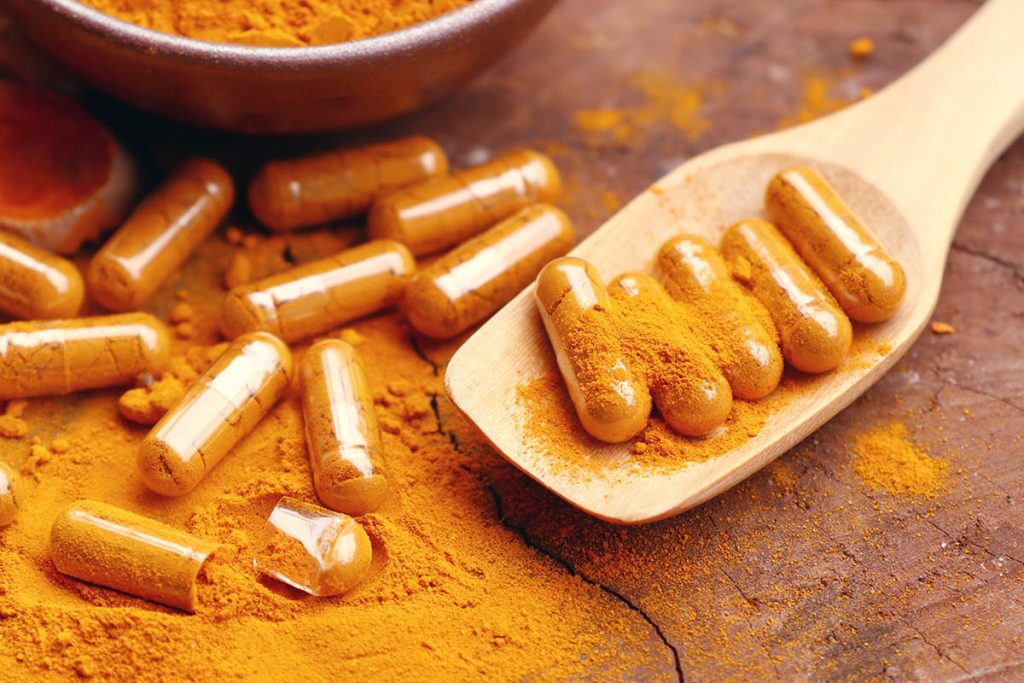
A common misconception among consumers is that all turmeric supplements provide the necessary amount of curcumin to make a significant impact.
Unfortunately, this is not always the case.
Many supplements on the market do not contain sufficient curcuminoids, the active group of compounds in curcumin.
This means those sub-par turmeric supplements may not offer the benefits you’re seeking.
To obtain the health benefits you’re looking for, the turmeric supplement formula should ideally contain at least 1,500 mg of turmeric curcumin infused with standardized 95% curcuminoids. A serving at this level can be highly effective in promoting overall health.
And there’s a quick and easy solution to ensuring you’re getting the recommended amount for maximum benefit…
Label Literacy
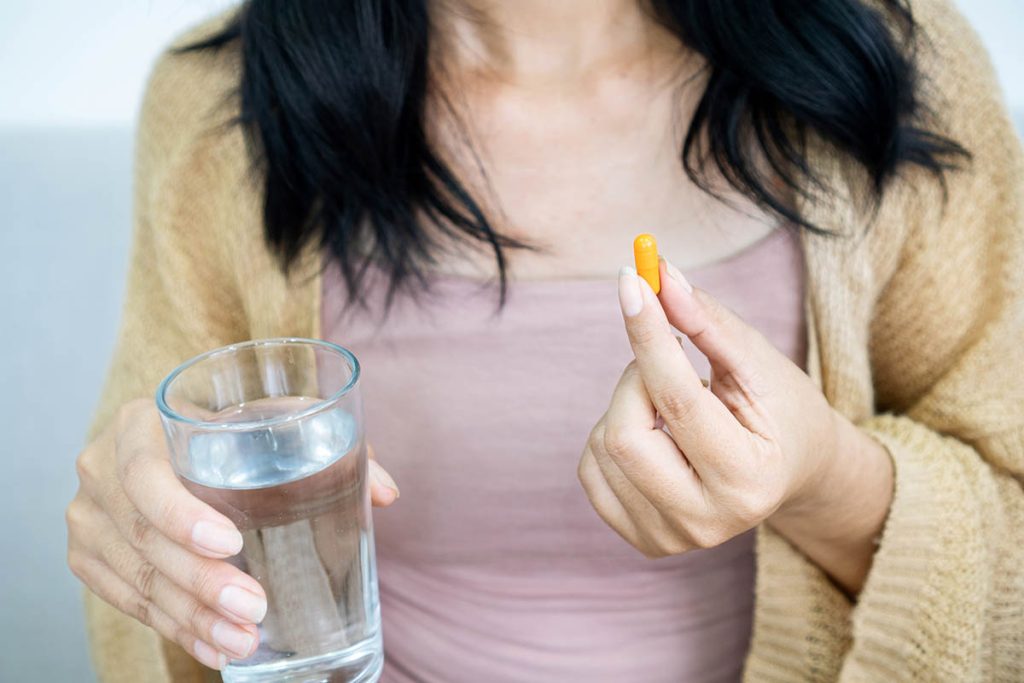
This brings us to the importance of label literacy when selecting a turmeric supplement.
We strongly encourage you to scrutinize the labels of your supplements closely.
Look for products that specify the amount of curcuminoids they contain. A supplement with a higher concentration of these compounds is more likely to deliver the health benefits associated with turmeric.
If the Supplement Facts label on your turmeric supplement doesn’t contain an extract standardized to 95% curcuminoids, you may want to seek another product.
Here’s an example from our Dynamic Turmeric:
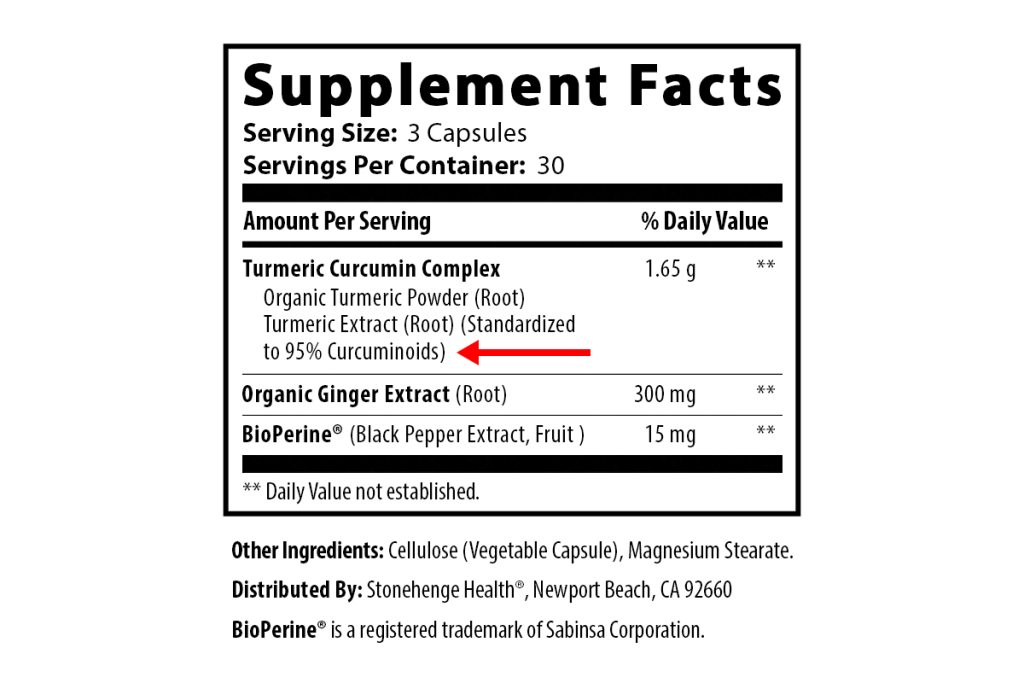
Making the Right Choice in Your Turmeric Supplements
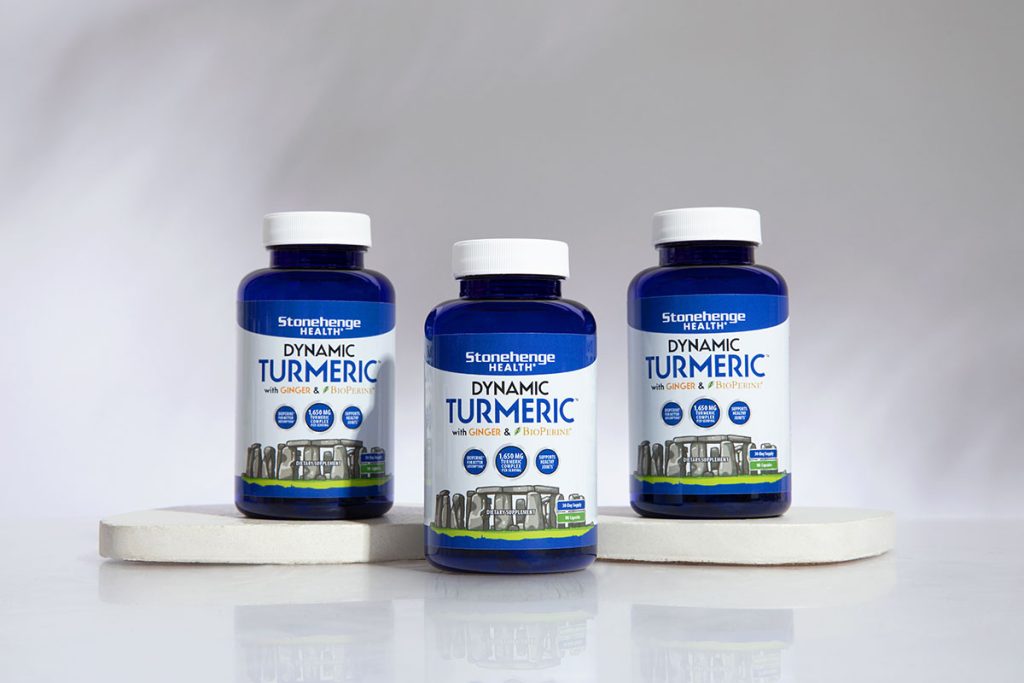
Now that you know what to look for in a turmeric supplement, you might wonder where to find a truly optimal product.
Look no further than Dynamic Turmeric.
At Stonehenge Health, we prioritize transparency and quality, offering a supplement that stands out in the vast sea of wellness products. Our top-of-the-line supplement is formulated to ensure you receive a potent dose of curcuminoids in every serving.
Additionally, we implement several other quality measures to ensure you receive the best turmeric supplement on the market:
• We include 1,650 mg of a turmeric blend consisting of an Organic Turmeric Powder and an extract standardized to 95% Curcuminoids.
• We include organic ginger root for added digestive comfort.*
• We include BioPerine®, a black pepper derivative that research shows increases the body’s absorption rate.*
• We don’t use fillers, binders, or synthetic ingredients of any kind.
• All our products are 3rd party tested for quality assurance.
• Our products are manufactured in the USA from the finest globally sourced ingredients with no harmful contaminants.
When choosing a turmeric supplement, don’t settle for anything less than a product that delivers on its promises.
With the right supplement like Dynamic Turmeric, you can confidently incorporate the benefits of curcumin into your daily routine.*



